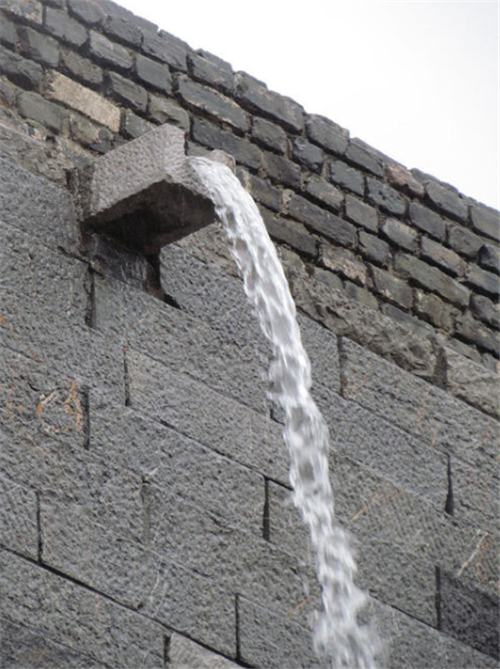How did the Ming Dynasty achieve a city wall that could stand for six hundred years without cement?
It is the longest, largest and most authentic ancient city wall in the world.
Looking back, in 1357 AD, with Hongwu Emperor’s adoption of Zhu Sheng’s proposal of “building walls high, accumulating grain widely, and becoming king slowly”, the construction of the Nanjing Ming City Wall also began.
When in contact with air, it can quickly harden in just a few seconds and firmly bond materials such as sand and stone together.
With regard to the construction of the Ming City Wall, it is needless to say that it coincides with the celestial phenomena.
However, cement was only developed in the late 18th century, and at the time of the construction of the Ming City Wall in Nanjing, it was still 400 years away from the appearance of cement.
In order to prevent the city wall from sinking, cracking, and toppling, the builders built it on the mountain, using raw soil and stones as the foundation.
It is the traditional tradition of ancient kings.
Throughout the Ming Dynasty, the rulers of all dynasties constantly improved the scale and structure of the Ming City Wall based on the concept of “being the fundamental place of ancestors and the headquarters in the southeast”.
In addition, the Ming City Wall adopts the pattern of four city walls.
Several city walls were built in accordance with the layout of “Purple Forbidden enclosure”, “Supreme Palace enclosure”, and “Heavenly Market enclosure”, symbolizing “the unity of heaven and earth” and “the divine grant of imperial power”.
So, why can the Ming City Wall in Nanjing stand still for 600 years? The Nanjing Ming City Wall was built in 1366 and completed in 1393.
The number of repairs recorded in the Ming Shilu alone reached more than 40 times.
Matteo Ricci, an Italian missionary, once indirectly expressed the grand scale of the Ming city wall through a story in his book Matteo Ricci’s Notes on China.
The length of the outermost city wall has exceeded 60 kilometers, and the enclosed area is at least 230 Square kilometre, which is the largest in the world.
As is well known, cement is a powdery hydraulic inorganic cementitious material that forms a slurry after mixing with water.
In low-lying areas, more than 10 meters of wooden piles were also driven, and circular wooden well shaped rafters were added to bear the pressure of transferring the city wall
.
Unlike the Tofu-dreg project, the Nanjing City Wall passed away a few years later.
However, as Nanjing is located in the Jiangnan region, the issue of rainwater is naturally the primary consideration.
That is to say, in the past 600 years, there has been almost no damage to the Ming City Wall.

For a long time, this property of cement has been widely used in civil engineering, water conservancy and other engineering projects, and is an indispensable adhesive.

